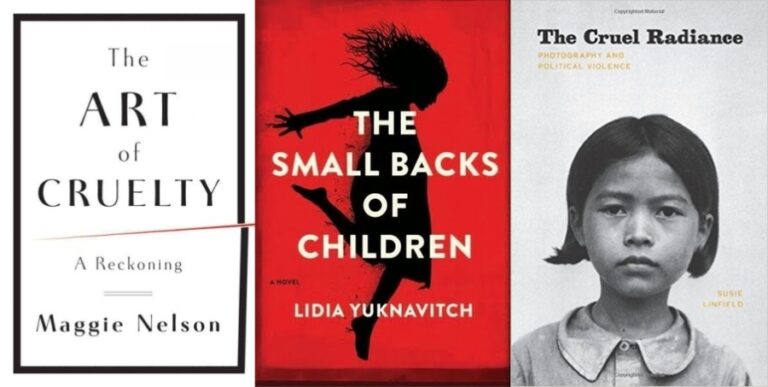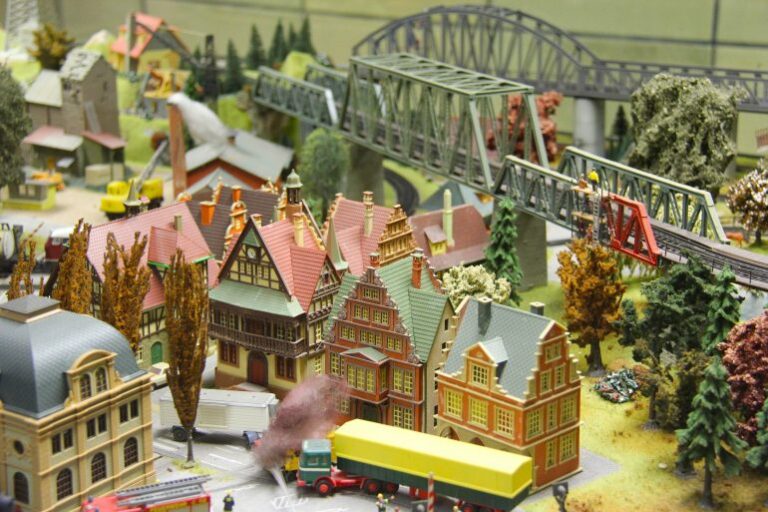Old Stories, New Ballets
Modernism hit the ballet world in 1913, the same year that brought many of movement’s other milestones: New York’s Armory Show, publication of Proust’s first volume of In Search of Lost Time, and the emergence of imagism via Ezra Pound’s work in Poetry Magazine. With the Ballet Russes’s première of The Rite of Spring in Paris, the narrative ballet began to fade into the memory of the 19th century. Recognizable plotlines receded as an emphasis on choreography emerged. By the mid-20th century, George Balanchine’s choreographic prowess set the tone for ballets, many of which were plotless, and instead focused on musicality and possibilities for the body.
In recent years, the narrative ballet has reemerged, and with it, stories both forgotten and classic have appeared on the stage. Choreographers have drawn from Russian novels, Shakespeare, and modernism itself.
This February, just a week after its première, I saw New York City Ballet perform Justin Peck’s The Most Incredible Thing, which is based on a Hans Christian Anderson fairy tale of the same name. In this fairy tale, the person who can do the most incredible thing will be gifted with the king’s daughter and half the kingdom. The creation and destruction of a clock anchor the narrative, and each hour is depicted by a figure from folklore, mythology, or the Bible. This litany of characters lends well to a story ballet, as it evokes the processions common in 19th century story ballets (Aurora’s wedding in The Sleeping Beauty and the Land of the Sweets in The Nutcracker). Peck is a recent dancer-turned-choreographer, and as he recently assumed the role of NYCB’s Resident Choreographer, I will watch eagerly for more nods to literature.
NYCB’s first-ever Resident Choreographer, Christopher Wheeldon, has been a force in returning literature to the stage. In 2011, Wheeldon’s production of Alice in Wonderland gave The Royal Ballet (of London) their first full-length ballet in twenty years. His next full-length ballet, The Winter’s Tale, brought Shakespeare’s comedy/romance to life through choreography, also at Covent Garden.
“Most Russians,” wrote the New Yorker’s Joan Arcolla, paraphrasing choreographer Alexei Ratmansky, “[D]on’t take a ballet seriously unless it lasts for two and a half hours and has a plot.” Perhaps it was this demand that prompted the former Bolshoi director—and current Artist in Residence at the American Ballet Theatre—to turn to story. Arcolla credited Ratmaksy with “revitaliz[ing] the story ballet, ma[king] it respectable.” Beyond his original story ballets, Ratmaksy has recently turned to reconstructing Marius Petipa’s 19th century narrative ballets: Paquita, The Sleeping Beauty, and Swan Lake (whose literary origins I explored in my May blog post).
The translation of literature into choreography does not always catch. Last year, I saw the Scottish Ballet perform an adaptation of A Streetcar Named Desire on a tour to the Kennedy Center. I was at the disadvantage of never having seen the play, so I was introduced to Tennessee Williams’s plot via melodramatic choreography that left me longing for a Balanchine ballet or a script. In this instance, literature already built for performance would have been best left in its original format.
This spring, I attended the New York Public Library’s event, “Balanchine’s Serenade: An Evening of Films, Commentary, and Memories.” Serenade is the first ballet George Balanchine choreographed in America (1934), and its thirty-three minutes of choreography stand alone, movement and music eclipsing the need for story. But for eighty-plus years, dancers and scholars alike have speculated, weaving their own narratives from the ballet’s choreographic nods to love and death. Barbara Weisberger, founding artistic director of the Pennsylvania Ballet, and now 90 years-old, sat under a piano in the studio as Balanchine choreographed the ballet. I asked Weisberger her theories on the ballet’s story. “Balanchine will say there’s not a narrative: it is beautiful women dancing in the moonlight,” she told me.
As a child, I danced the part of a herald in a local production of Romeo & Juliet the same year I studied the play in school. My parents were also in the ballet, playing guests of the Capulets, and my sister and I knelt to place cushions beneath our father’s knee as he danced with my mother at the ball (the four of us also played a family in the first act of The Nutcracker). It felt spectacular to help bring a 400 year-old story to life. As I watch this new generation of choreographers, I look forward to being introduced to old stories by way of new ballets.

